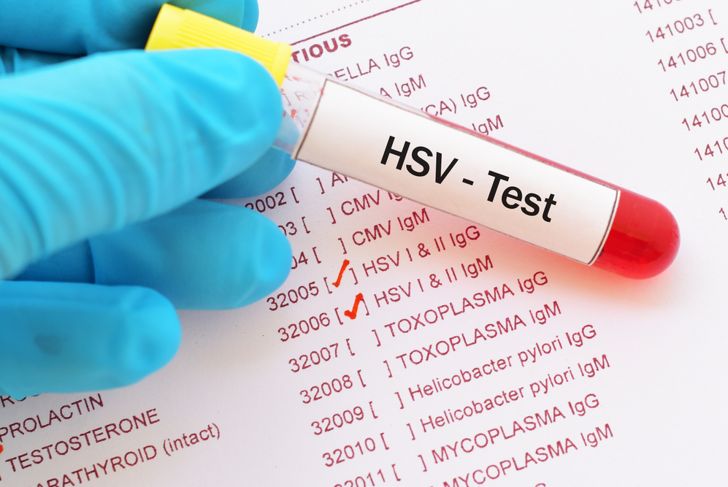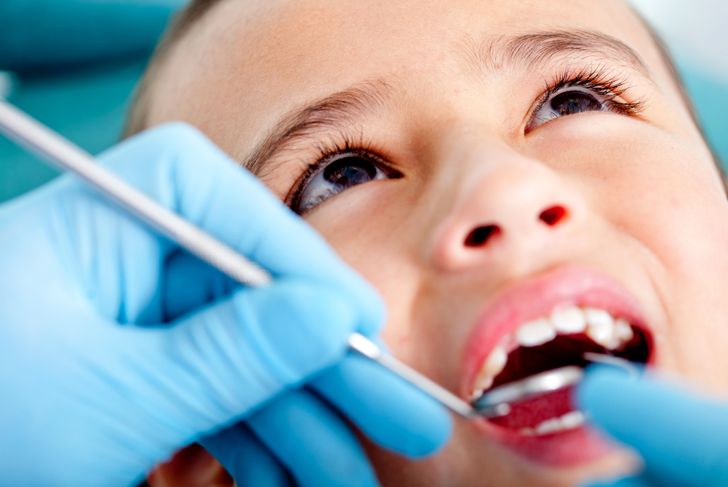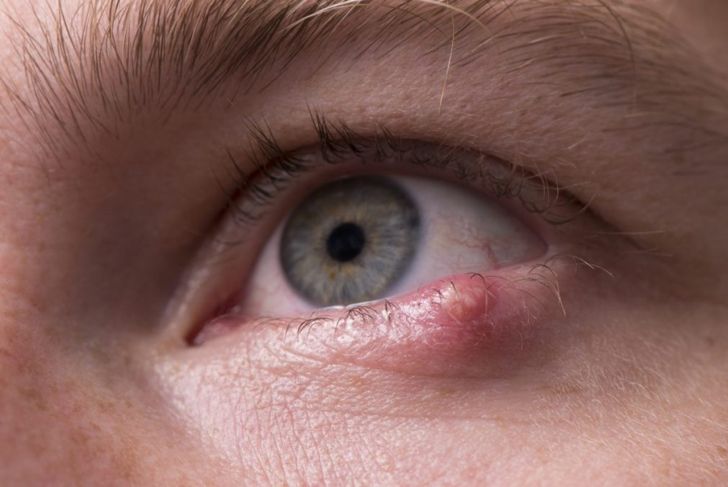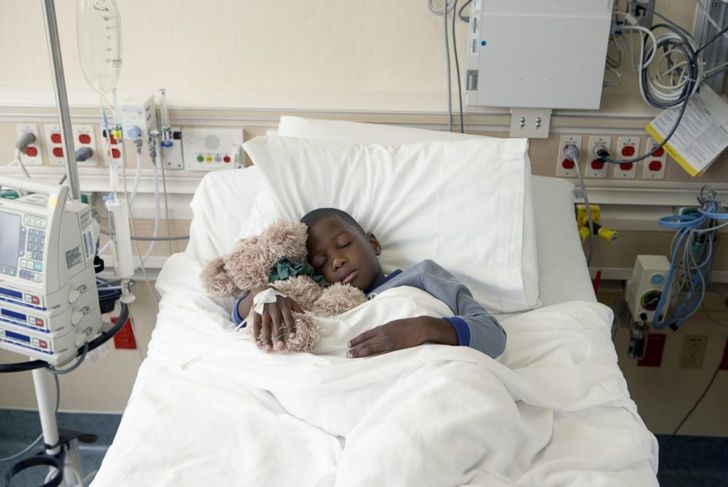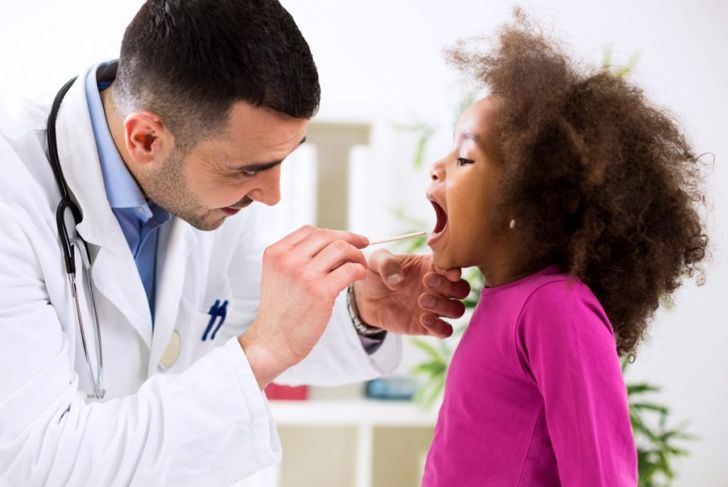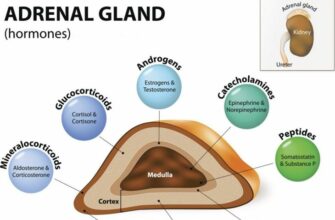Despite its long and scary name, gingivostomatitis is a common mouth infection. The name is a combination of two other mouth conditions: gingivitis, which affects the gums, and stomatitis, which affects other parts of the mouth. Gingivostomatitis is most common in children, and because it can be painful, might cause children to drool or refuse to eat.
Children are the Most Susceptible to Gingivostomatitis
Gingivostomatitis can strike anyone, but it is most common and the hardest to identify in children between infancy and five years old. The condition affects this age group often because broken gums caused by teething make it easier for viruses and bacteria to get in, and because young children put their fingers in their mouths. In addition, children’s undeveloped immune system can’t fight off germs as well as adults’ can. The infection can be hard to recognize because symptoms can mimic both teething and canker sores.
Gingivostomatitis is Usually Caused by a Virus
The most common form comes from the herpes virus, which is why you will sometimes hear it called “herpetic” gingivostomatitis. When this is the cause, the culprit is HSV-1, the same strain of herpes that causes oral cold sores. Another virus that can cause gingivostomatitis is coxsackievirus, which also affects primarily children, and causes similar symptoms.
Gingivostomatitis Can Also be Bacterial
Common but dangerous bacteria such as staphylococcus are responsible for many illnesses and infections, including gingivostomatitis. When kids put dirty hands into their mouths, millions of bacteria pour in, looking for any place to thrive, and the moist inside of the mouth is an ideal place. These kinds of bacterial infections are expected to increase as people become more and more immune to antibiotics, which are needed to treat bacterial infections.
Nastasic / Getty Images
Poor Oral Hygiene as a Cause
One reason children are so susceptible to gingivostomatitis is that they are still learning how to brush and floss their teeth, which leaves a lot of room for mistakes. Even when their mouths are hurting due to the infection, it is important to continue to brush and floss. By helping kids keep their teeth and gums clean, parents can stop the spread of the virus or bacteria.
AfricaImages / Getty Images
What Gingivostomatitis Looks Like
The most visible signs of gingivostomatitis are the sores and lesions in, on, and around the mouth. These are red and swollen until they develop a white or gray fluid-filled head. They often look like canker stores — this is one reason why the infection can be hard to diagnose. Other visible signs include swelling of the lips and gums, and drooling.
Other Symptoms of Gingivostomatitis
Gingivostomatitis is more than just a set of cold sores. It’s an illness that affects the whole body. Children will often start running a fever a few days before any sores appear. The lips and gums can start to get very tender, and children may refuse to eat or drink for a few days. They may develop headaches and be tired or cranky, and it’s common for them to have bad breath.
Rawpixel / Getty Images
Gingivostomatitis and Eye Infections
Gingivostomatitis is contagious, but in addition to spreading very easily from person to person, it also spreads from the mouth to other areas of the body. The worst of these is the eyes. If a small child has his fingers in his mouth and then rubs his eyes, the herpes simplex virus can lead to a new infection known as herpes simplex keratitis. Once it settles in the eyes, it can cause serious damage and even lead to blindness.
RuslanDashinsky / Getty Images
Gingivostomatitis and Dehydration
Gingivostomatitis is rarely serious, and can usually be treated effectively with antibiotics or antiviral medications. Sometimes it even goes away on its own within a couple of weeks. Unfortunately, it can still be very painful, especially for small children, and when they refuse to eat or drink during this time, they can develop dehydration. In most hospitalized cases, the reason is almost always dehydration, which is ultimately more harmful than the original virus. Pain relief is an important part of treating gingivostomatitis because it helps children feel well enough to take in necessary fluids.
FangXiaNuo / Getty Images
Treating Gingivostomatitis at Home
Sometimes gingivostomatitis can be treated at home. If a child is in pain or running a fever, over-the-counter pain relievers such as ibuprofen and acetaminophen can be helpful. Numbing agents, often used for teething, can be applied topically to ease the pain of the sores. Some people turn to natural remedies such as tea tree or peppermint oil, which have antibiotic and antiviral properties. Parents should always consult a physician before applying these highly concentrated oils to their child’s face.
Madeleine_Steinbach / Getty Images
When to See a Doctor
Sometimes, over-the-counter pain medications are not effective enough. In such cases, a visit to the doctor is ideal, because a family physician can prescribe stronger medication. If parents catch gingivostomatitis in the early stages, the doctor can also administer a treatment that may prevent the worst of the infection. Parents should also be aware of the potential for dehydration; seek medical treatment for any child who has not eaten or drank fluids in more than a day.

 Home
Home Health
Health Diet & Nutrition
Diet & Nutrition Living Well
Living Well More
More
